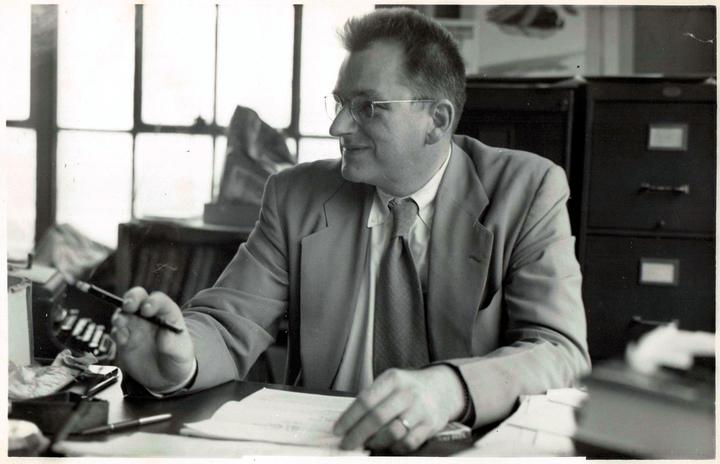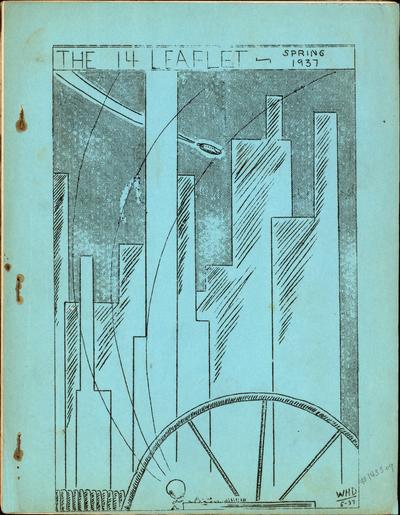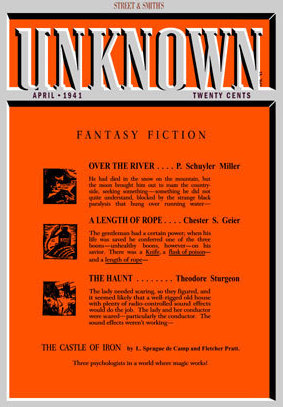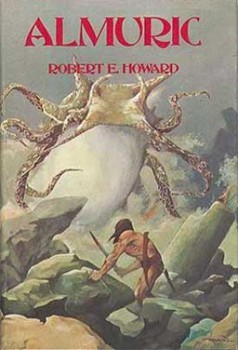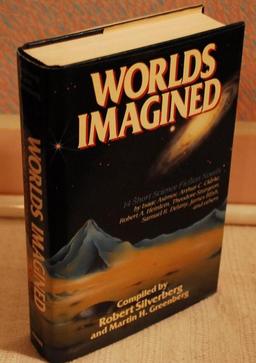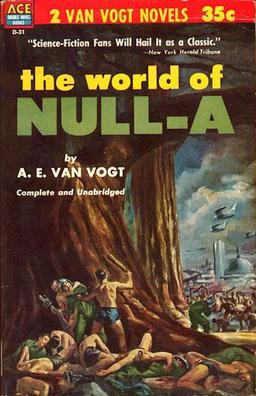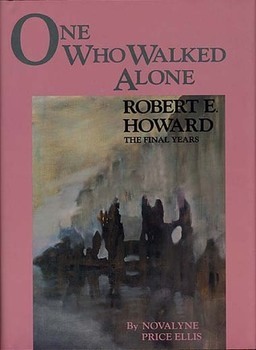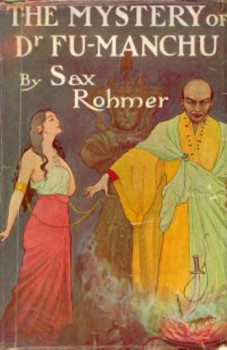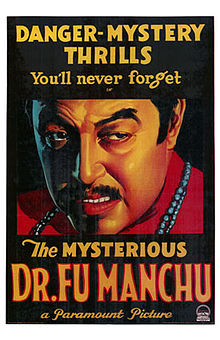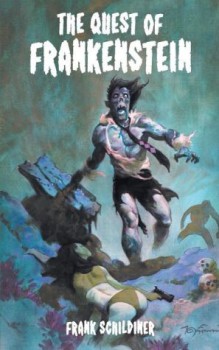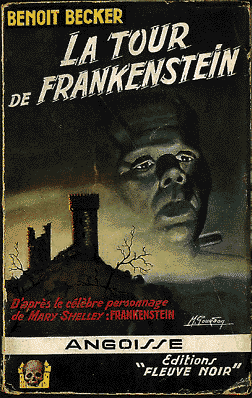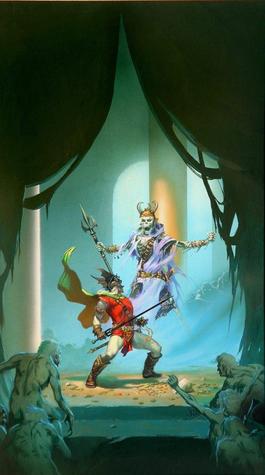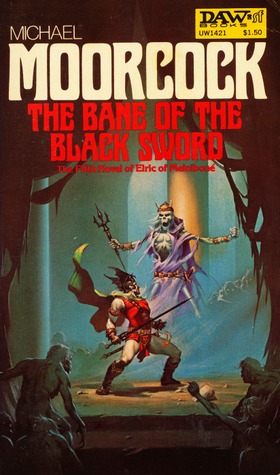Otto Binder on John W. Campbell
John W. Campbell (photo by Astounding cover artist Hubert Rogers)
Back to Otto Binder letters today. This one, from Binder to his friend, Jack Darrow, dated May 23, 1937, was written just before Binder was cut loose from Otis Adelbert Kline’s literary agency, which happened on June 1 of that year. As a result of his job upheaval, Binder spent some time, unsuccessfully, trying to land a gig as an editor (and a few years later interviewed with Ziff-Davis re: the Amazing Stories opening before it was given to Ray Palmer).
The letter is primarily of interest due to its discussion of John W. Campbell, a few months before Campbell would become editor of Astounding. It’s a shame that no more detailed record of the story telling game played at Binder’s house between him, Dr. John Clark, Frank Belknap Long, Campbell and Campbell’s wife exists; it would have been fascinating to sit in on this! Binder is clearly a fan of Campbell’s fiction (later on, when he found it difficult to sell to him at Astounding, he was not nearly as much a fan of his editing).
